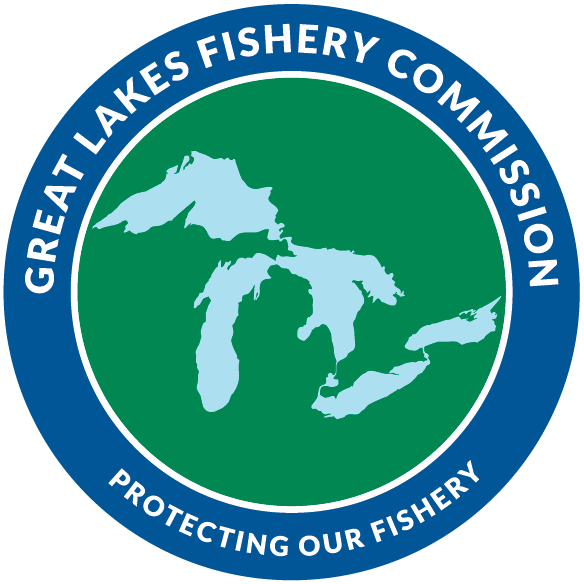Project
Native deepwater species characterization using broadband hydroacoustic technologies to inform stock assessment
This project aims to enhance stock assessment of native deepwater fishes in the Great Lakes by characterizing species- and size-specific broadband hydroacoustic responses. Existing survey methods that combine narrowband hydroacoustics with trawl data are limited by size selectivity, species overlap, behavioral variability, and distribution. This work integrates advanced broadband hydroacoustic technologies with fully-referenced net sampling to improve species identification and support more accurate biomass estimates.\\\\r\\\\n\\\\r\\\\nFocusing on key native species such as Ciscoes, Lake Whitefish, Lake Trout, and Burbot, the project will collect acoustic data across a broad frequency range (15–260 kHz) during spring through fall. Gillnet catches, paired with high-resolution, georeferenced optical imagery, will provide ground-truth data on species identity, size, orientation, and swim bladder morphology. These data will be used to develop workflows for isolating broadband frequency responses and identifying inter- and intra-species signal patterns.\\\\r\\\\n\\\\r\\\\nMachine learning techniques will be applied to classify species and life stages based on acoustic signatures, with an emphasis on distinguishing morphologically similar taxa and identifying juveniles, sub-adults, and adults within mono-specific catches. The project will also evaluate how classification performance varies by depth and other survey parameters.\\\\r\\\\n\\\\r\\\\nOutcomes will support ongoing efforts to improve stock assessments for commercially and ecologically important native species. Results will be shared through technical reports, peer-reviewed publications, data releases, and presentations to lake committees and scientific audiences, contributing directly to restoration and management goals for deepwater fish communities in the Great Lakes.

